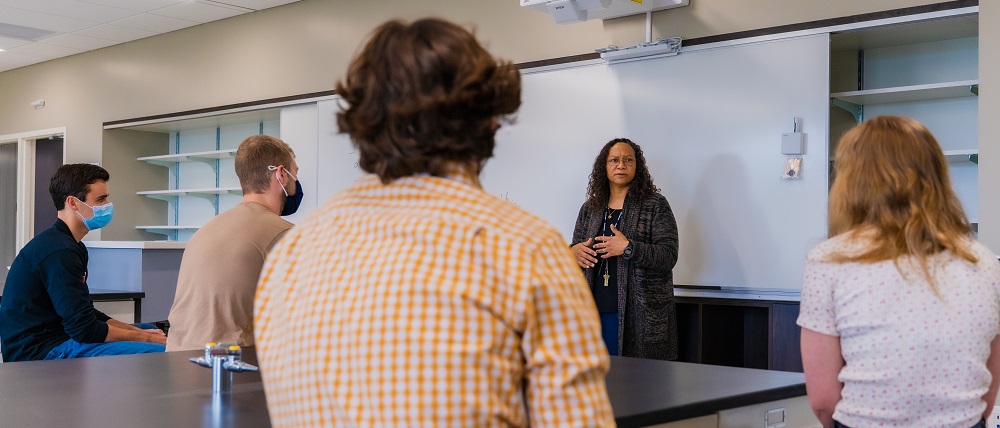
Teaching Outside the Textbook: Integrating Diversity, Equity, and Inclusion into the Science Classroom Using Real-World Experiences
by Diana I. Ortiz, Ph.D.
December 1, 2021
Is the integration of diversity, equity, and inclusion (DEI) in the science classroom enriching student experiences and creating long-lasting transformative effects? In what specific ways can these experiences change student perceptions on social justice in science and health as a human right? As science educators, what strategies can be useful in helping us become more inclusive in the classroom?
As educators, we often perceive science as multidimensional, multidisciplinary, and complex. However, we frequently fail to show students that the benefits of scientific knowledge do not reach all members in our society in an equitable manner. I was introduced to the intersection of epidemiology and social justice as a 21-year-old undergraduate biology student attending a public health summer fellowship program at the Centers for Disease Control and Prevention in Atlanta. This program aimed to train and encourage underrepresented minority students to pursue careers in public health amidst the early years of the HIV/AIDS epidemic, which disproportionally affect socially marginalized populations. This experience profoundly changed my perspective as a young student and inspired my future career path. Thirty years later, I am now in a position to teach epidemiology during another major public health crisis, the COVID-19 pandemic, which also represents an extraordinary opportunity to educate my students about the same systemic health disparities that persist in our society.
Today I am a biology faculty member at Westminster College, a small liberal arts institution nestled in northwestern Pennsylvania, teaching undergraduate biology courses, including epidemiology and global health. Most of my students are biology, molecular biology, and environmental science majors who typically pursue careers in medicine, veterinary medicine, allied health, and public health. In my epidemiology course students learn fundamental principles, like measures of disease frequency and association, study designs, statistical methods, and sources of bias.1 The course also highlights public health disparities by raising students’ awareness on the importance of diversity, equity, and inclusion (DEI) in epidemiology and public health through real-world examples. Our college’s demographic is predominately White, which makes these topics even more essential, since most of my students go on to pursue healthcare-related careers in more diverse communities than their own.
Read more:
https://www.aaas-iuse.org/teaching-outside-the-textbook-integrating-diversity-equity-and-inclusion-into-the-science-classroom-using-real-world-experiences/